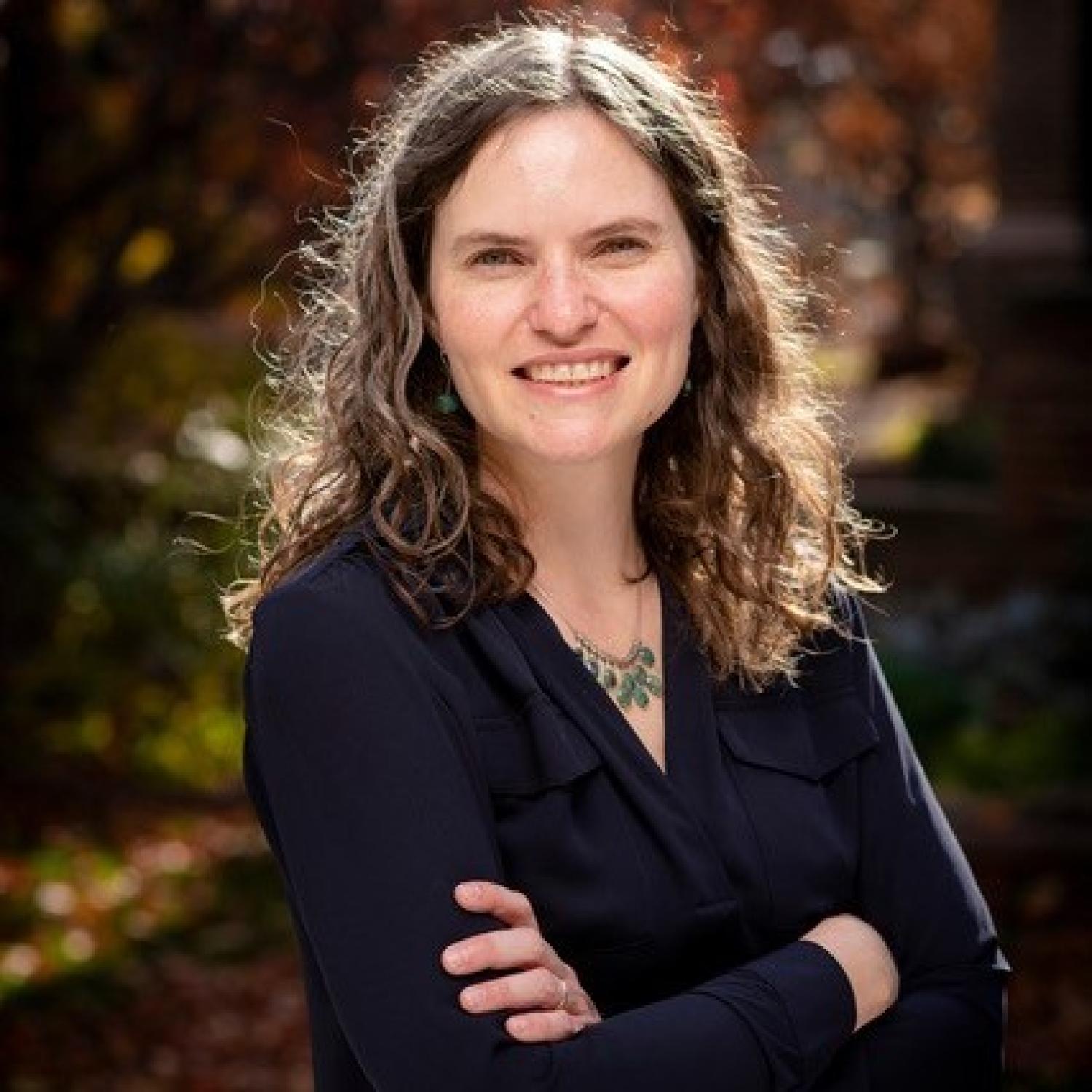Q&A with historian Erin Hutchinson: The Legacy of Russian leader, Vladimir Lenin

By Bradley Worrell • This year is the 100th anniversary of the death of the Soviet Union’s first communist leader, whose legacy in Russia and former Soviet republics is complicated; CU Boulder researcher Erin Hutchinson studies the former Soviet Union and how its legacy affects Russia today.
Introduction
When Erin Hutchinson, an assistant professor in the University of Colorado Boulder Department of History, visited Russia and former Soviet republics in the mid-2010s for her research on the former Soviet Union, statues of Vladimir Lenin were ubiquitous.
“When I first started traveling to Russia and the former republics in the 2010s, every town and village had their own statue. I had so many photos taken of me and my friends with Lenin statues that I have a (good-sized) photo collection,” says Hutchinson, whose area of specialty is the cultural and political history of the Soviet Union, with a particular focus on nationality and empire.
Today, many of those statues featuring the goateed face and the intense stare of the founding father of communist Russia have been torn down—especially in former republics like Ukraine. The statues, Hutchinson says, signify Lenin’s complicated legacy in post-communist Russia and eastern Europe.
January marked the 100th anniversary of Lenin’s death. Colorado Arts and Sciences Magazine recently spoke with Hutchinson about the leader’s legacy in Russia and its former republics, why leaders after Stalin wanted to return to Leninism and how he is viewed today in Russia. Her answers were lightly edited for style and condensed for space limitations.
Question:
Set the scene for what was happening in Russia in the time leading up to the tsar’s abdication in early 1917, specifically as it relates to Lenin and his political party, the Bolsheviks.
Hutchinson:
The Bolsheviks were one of many different groups that existed in the Russian empire. And the Russian empire under the tsar is a really oppressive place where you don’t have freedom of speech, or freedom of assembly or other basic rights. So, this oppressive government gives rise to these various political movements—a lot of which were either socialist or anarchist.
Lenin is a Social Democrat. He is a polarizing figure and, ultimately, he ends up splitting the party in two groups: the Mensheviks, which are the majority group, and the Bolsheviks, which are the minority.
Lenin is very driven and motivated to make revolution happen in Russia and he has the idea of having a small, disciplined, militant political organization rather than a broad-based party.
Question:
A provisional government was formed after the abdication of the tsar. Many groups in Russia were vying for control at the time, so how is it that Lenin and the Bolsheviks were able to seize power?
Hutchinson:
Without Lenin, the Bolsheviks probably would not have taken over in October of 1917. He’s the one who’s constantly pushing the Bolshevik faction within the Social Democrats to seize power. So, in that regard, he’s a central figure.
They (Bolsheviks) staged a coup in October, which had popular support. They kick out the provisional government that had been running the country since February and they take over all the important communication points and the seat of government, the Winter Palace.
Lenin is really the only person who has the vision to see, ‘If we want to take over, we just need to seize power now.’
It’s Lenin’s drive for power—along with his ability to see things that other political parties did not and to exploit the weaknesses of the other parties—that gives the Bolsheviks the advantage.
For example, the Bolsheviks were the only party that (advocated) for Russia to pull out of the war (World War I, fighting Germany), because they recognized that the war was extremely unpopular in Russia. The country was getting defeated left and right on the eastern front, so this was a popular opinion with the masses. It’s a reflection of Lenin’s political cunning to espouse policies the other political parties were not but which were popular with the masses.

